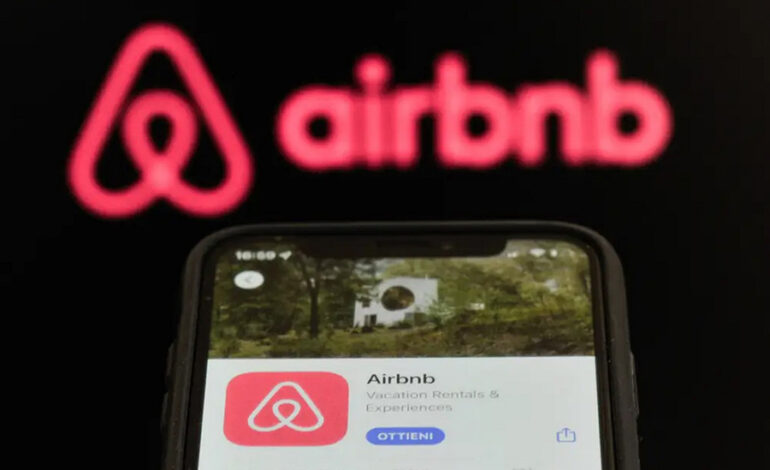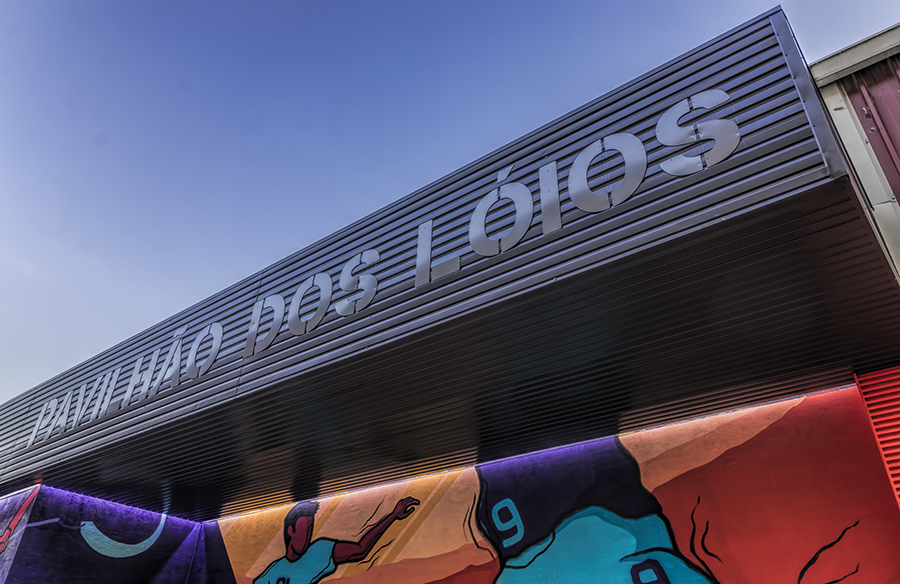Introduction: Evolving Retail Shopping Trends

The landscape of retail shopping has undergone significant transformations in recent years, largely influenced by the rise of e-commerce giants like Amazon. While online shopping offers unparalleled convenience and discounts, traditional brick-and-mortar stores continue to thrive, thanks in part to the changing preferences of Millennials, the dominant purchasing age group.
Millennial Shopping Trends
Contrary to the belief that online shopping is eclipsing physical retail, Millennials are actively contributing to the resurgence of brick-and-mortar stores. Data from the National Retail Federation reveals that Millennials and Gen-Z consumers are increasingly patronizing retail establishments, with convenience being a primary deciding factor. These shoppers seek retailers that offer time-saving amenities such as local delivery and curbside pickup.
Millennials exhibit a nuanced approach to shopping, utilizing online platforms for research purposes while favoring in-store experiences for transactional interactions and product engagement. Moreover, they prioritize authenticity in their purchases, gravitating towards reputable retailers to avoid counterfeit products and manipulated reviews.

The Importance of Experience
Millennials prioritize experiential shopping encounters, seeking multi-sensory experiences that engage their senses and emotions. Brick-and-mortar stores fulfill this desire by allowing customers to physically interact with products, particularly in fashion and home goods categories. Additionally, the social aspect of shopping, evident in amenities like on-site cafes and community events, adds value to the retail experience.
Accountability and Service
Trust and accountability are paramount for Millennial consumers, who value personalized customer service and the assurance of product quality. Physical retail offers advantages such as product inspection, immediate gratification, and hassle-free returns, mitigating concerns related to online shopping pitfalls like shipping delays and damaged goods.

Embracing Digital Integration
While the significance of brick-and-mortar stores remains evident, digital marketing plays a crucial role in attracting Millennial shoppers. Retailers must leverage digital platforms to engage with consumers, offering incentives like exclusive discounts and rewards programs. By embracing digital marketing strategies, retailers can bridge the gap between online convenience and in-person shopping experiences, catering to the evolving preferences of Millennial consumers.
Conclusion: Adapting to Changing Consumer Behavior
As Millennials continue to shape the retail landscape, businesses must adapt to meet their evolving expectations. Balancing the convenience of online shopping with the experiential allure of brick-and-mortar stores is essential for driving consumer engagement. By understanding and catering to Millennial preferences, retailers can create compelling shopping experiences that resonate with the demands of today’s discerning consumers.














